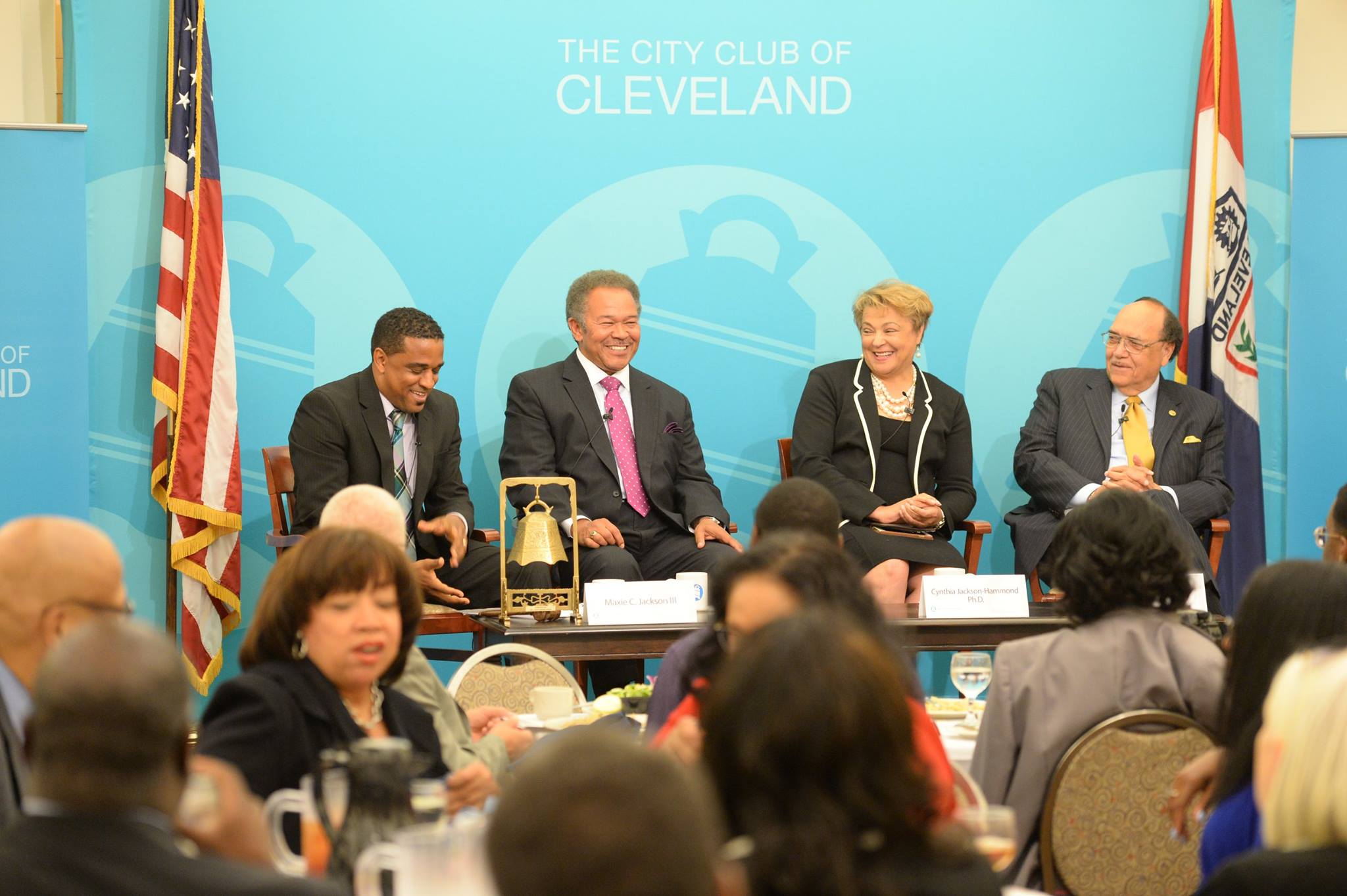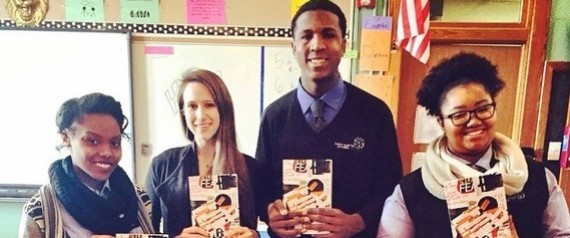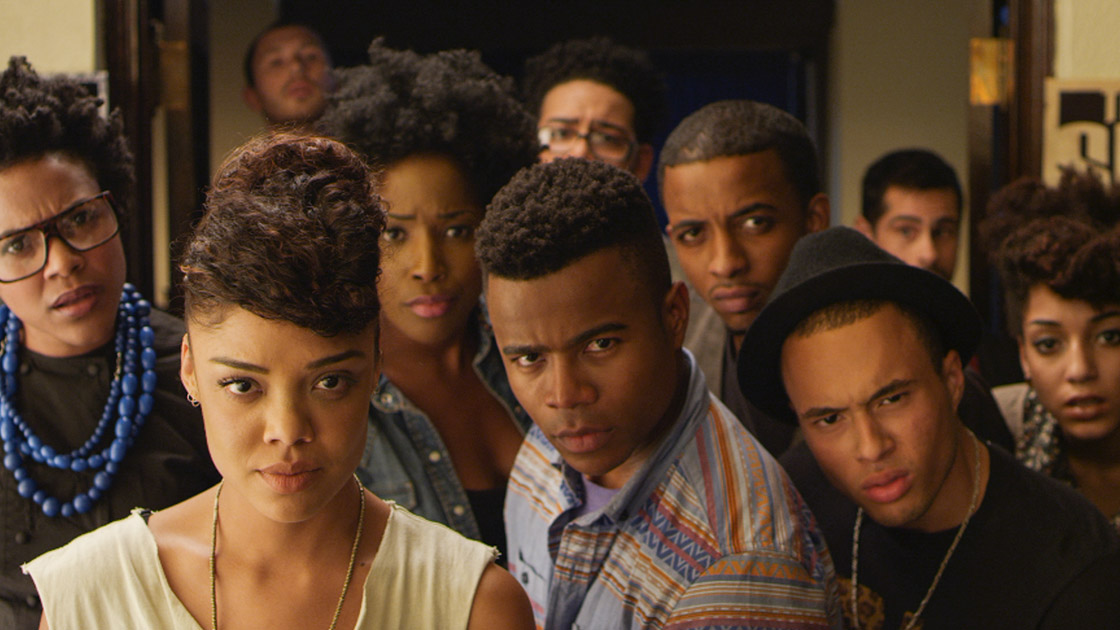A crowd thick with alumni packed the City Club of Cleveland to hear from leaders at their beloved alma maters: What, exactly, will be the future of Historically Black Colleges and Universities (HBCUs)? Panelists Robert Michael Franklin, Jr., president emeritus of Morehouse College; Cynthia Jackson-Hammond, president of Central State University; and Claude G. Perkins, president of Virginia Union University, gave their best prognoses.
The 107 HBCUs in the United States have a storied history, small but mighty. Representing only 3 percent of U.S. colleges and universities, they educate 11 percent of all African-American students. Black colleges produce half of all black public school teachers, half of all future lawyers, and eighty percent of black judges. In an 2013 address, Secretary of Education Arne Duncan praised HBCUs for “almost single-handedly creating an African-American professional class in the face of decades of Jim Crow discrimination.”
Highlights from the panel discussion:
1) The value proposition of HBCUs must be more readily acknowledged
During his tenure as president of Morehouse, Franklin established the “Five Wells” of a Morehouse Man—being well-read, well-spoken, well-dressed, well-traveled, and well-balanced. HBCUs build leaders, he said, yet most guidance counselors view them as little more than “safe” schools: “Are all of our top performing students being exposed to a diverse menu of educational options?”
Predominately white institutions (PWIs) are too often touted as the best fit for all students, Perkins said, but his interactions with students at Virginia Union convince him otherwise. “I have seen students who could easily become physicians and went to some of the other schools and end up majoring in social work. Students get recruited to the larger schools and those students don’t do as well because it is not a culturally affirming environment for them. Here, you’re a person first.”
2) The wealthy (individuals and government) need to provide more financial support
Increasing alumni giving has long been a focal point: donations to HBCUs have languished under 10 percent of all graduates. Some schools, like Texas’ Prairie View A&M University, have begun campaigns for current students, to instill the “giving back” mentality before students graduate. Pressure to increase alumni giving comes as both state and federal funding decreases, leaving many HBCUs scrambling to fill the gap.
“We can’t let the African-American affluent class off the hook,” Franklin said, lamenting the $70 million gift hip-hop pioneer Dr. Dre gave the University of Southern California in 2013. Dillard University president Walter Kimbrough wrote in an Los Angeles Times op-ed: “This gift is gravy for USC; for a black college, it would transform not just individuals but whole institutions and communities.”
“Our alumni, our churches, our friends — they understand our story,” Perkins said, “but at the same time, the Obama Administration has made it very difficult for our historically black colleges and colleges that are serving moderate-to-low income students.”
“Of course if Mr. Obama had graduated from an HBCU, he would have understood that,” Jackson-Hammond added.
3) Alumni must become more vocal advocates
While the “can-do” spirit of HBCUs builds character, it ultimately diminishes the school’s capacity to undertake larger, critical projects.
“I used to work at a PWI,” Jackson-Hammond said, “and one observation is that at a PWI you usually have ten people doing one job. At an HBCU, you have one person doing ten jobs.”
The Central State president encouraged the Central State alumni in the room to do their part, to use their voice to reach potential students. “We can not wait for these students to just drop down from heaven,” Jackson-Hammond insisted. “There has to be an open dialogue about how HBCUs and K-12 institutions can work to develop a pipeline for a seamless transition. And that conversation has to start as early as preschool.”
4) Globalization and diversity must be a renewed focus
Hispanic and Latino enrollment at HBCUs has jumped 123 percent in the past 30 years, with Asian student enrollment increasing 60 percent. This has been no accident. With PWIs like Stanford offering tuition waivers for families making under $125,000, there has been more competition for black students, with black colleges’ share getting increasing smaller.
Franklin recalled a recent trip to South Korea, where he bumped into Kevin Rome, president of Lincoln University, a small HBCU in Missouri. He was en route to a meeting with Korean education officials: “Other students outside the African-American community see value in our schools and they want to be a part of it.”
Perkins urged the audience to consider HBCUs through a mission-focused lens. “We are institutions that are willing to do the heavy lifting,” he said. “We are institutions that help our young people understand they have serious responsibilities to make this nation a better place … Any business, if they looked hard enough, would say, this is where we need to invest our money.”



